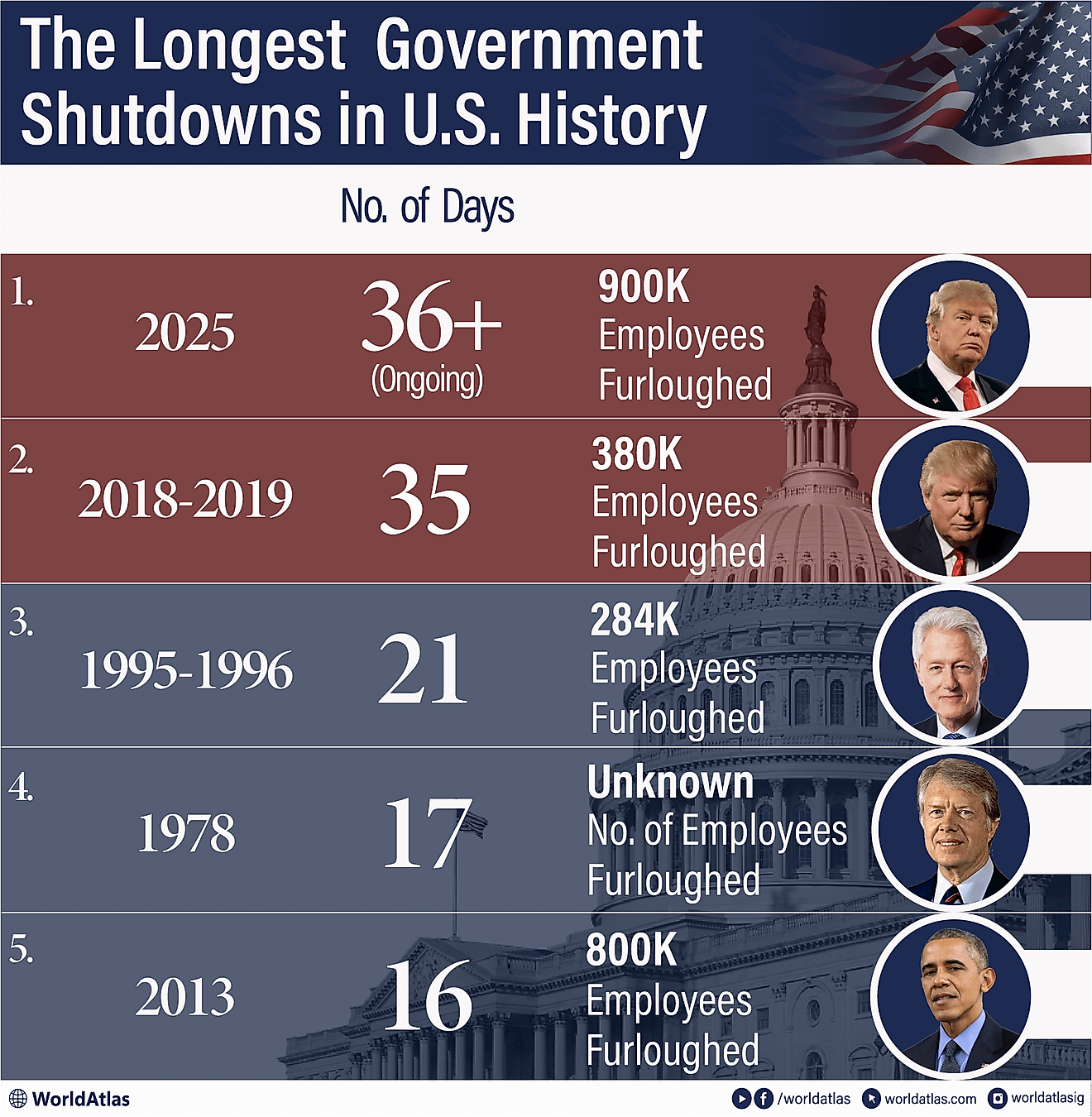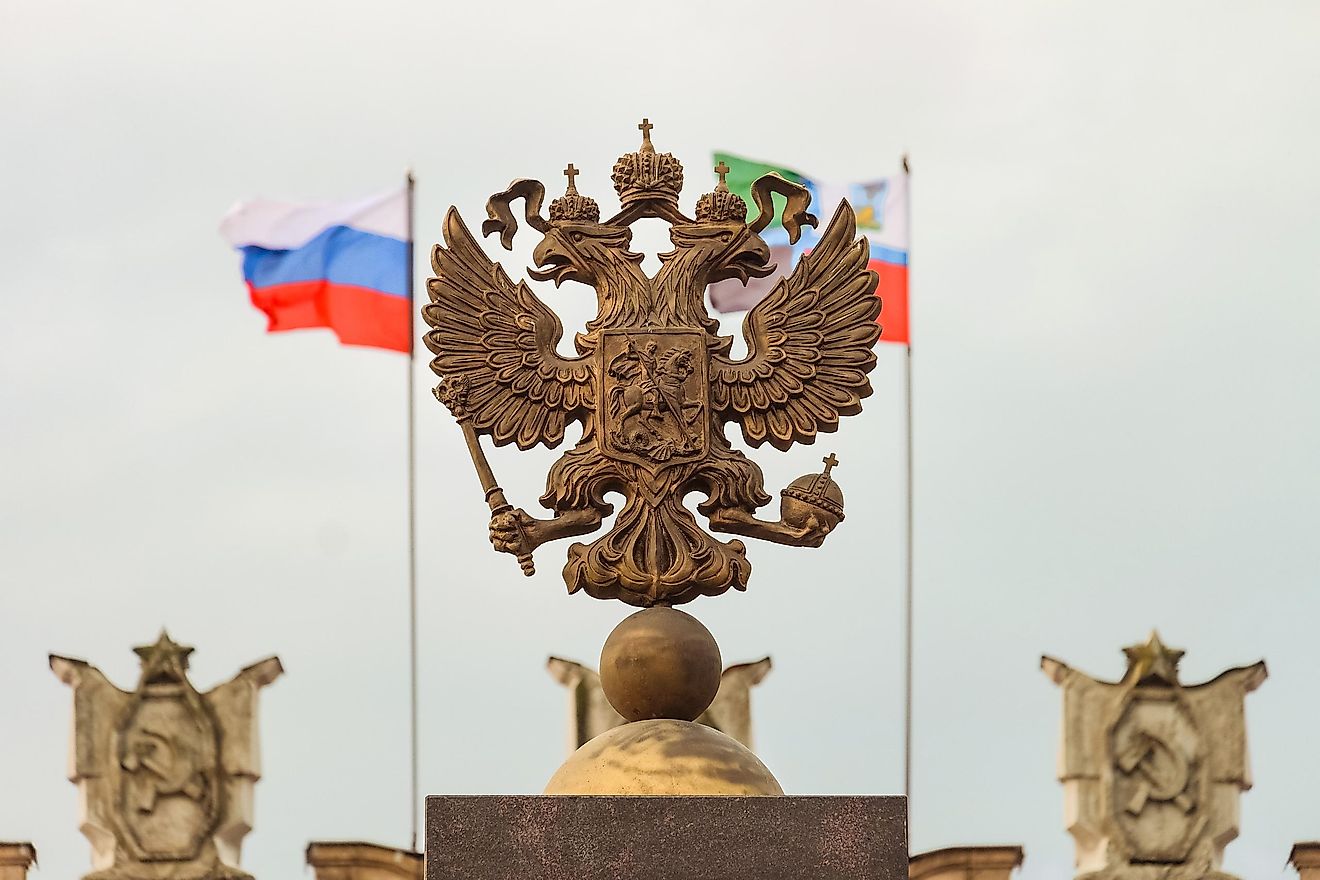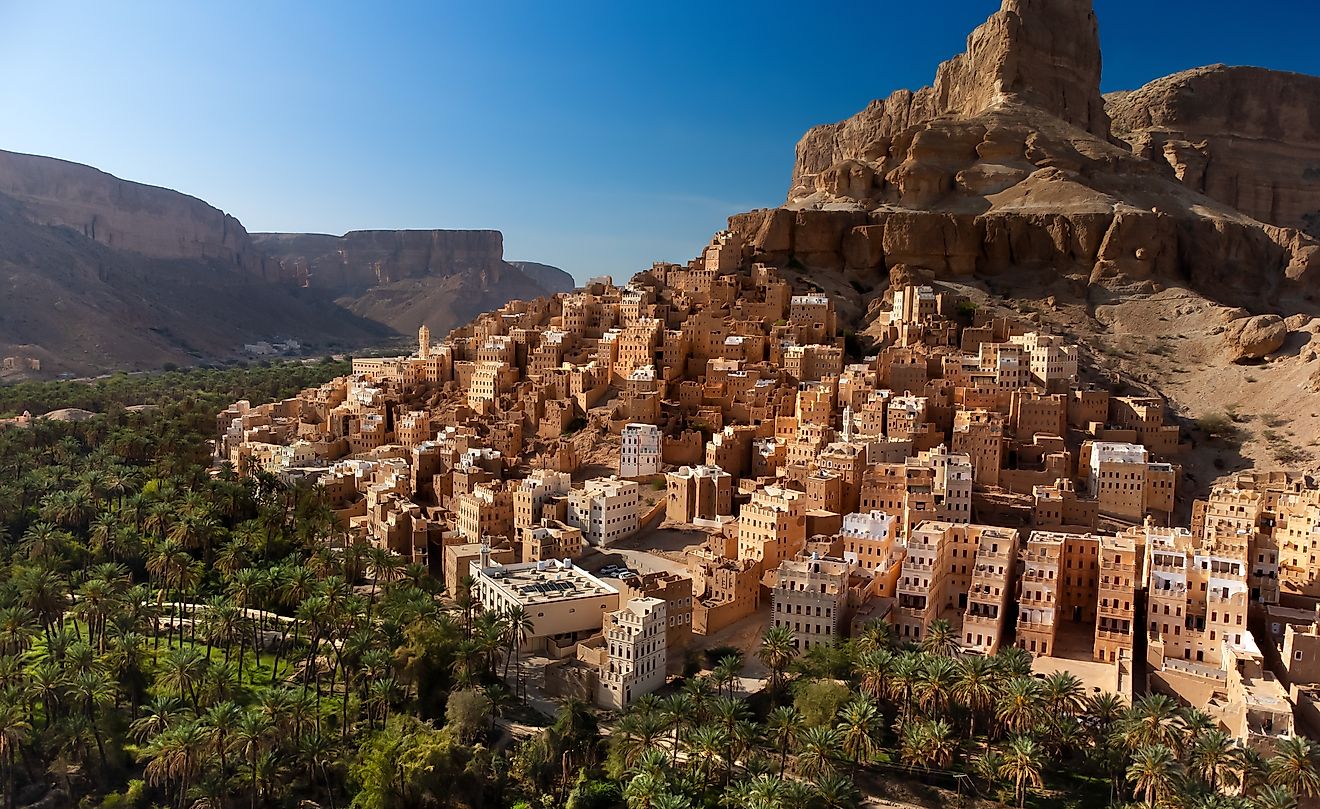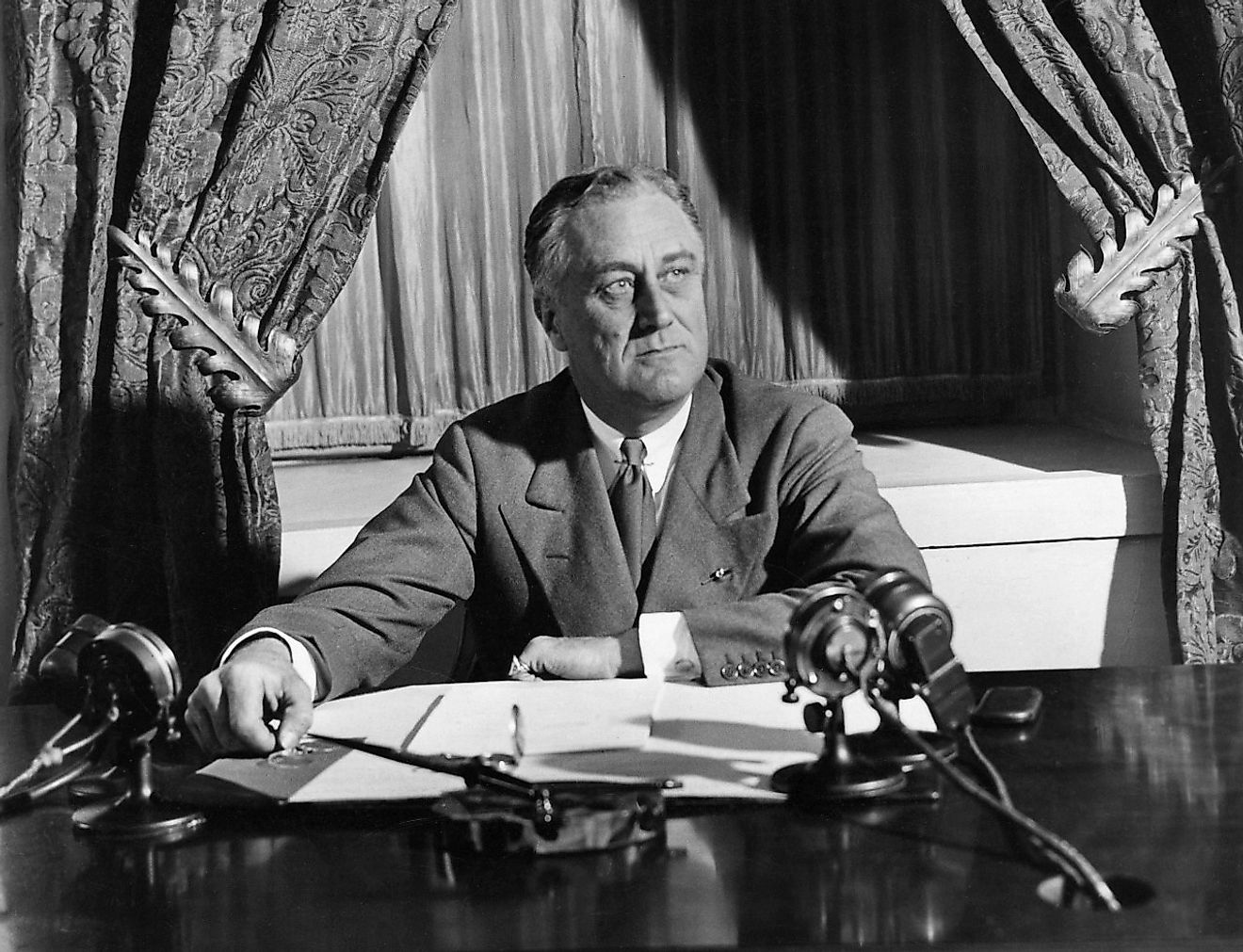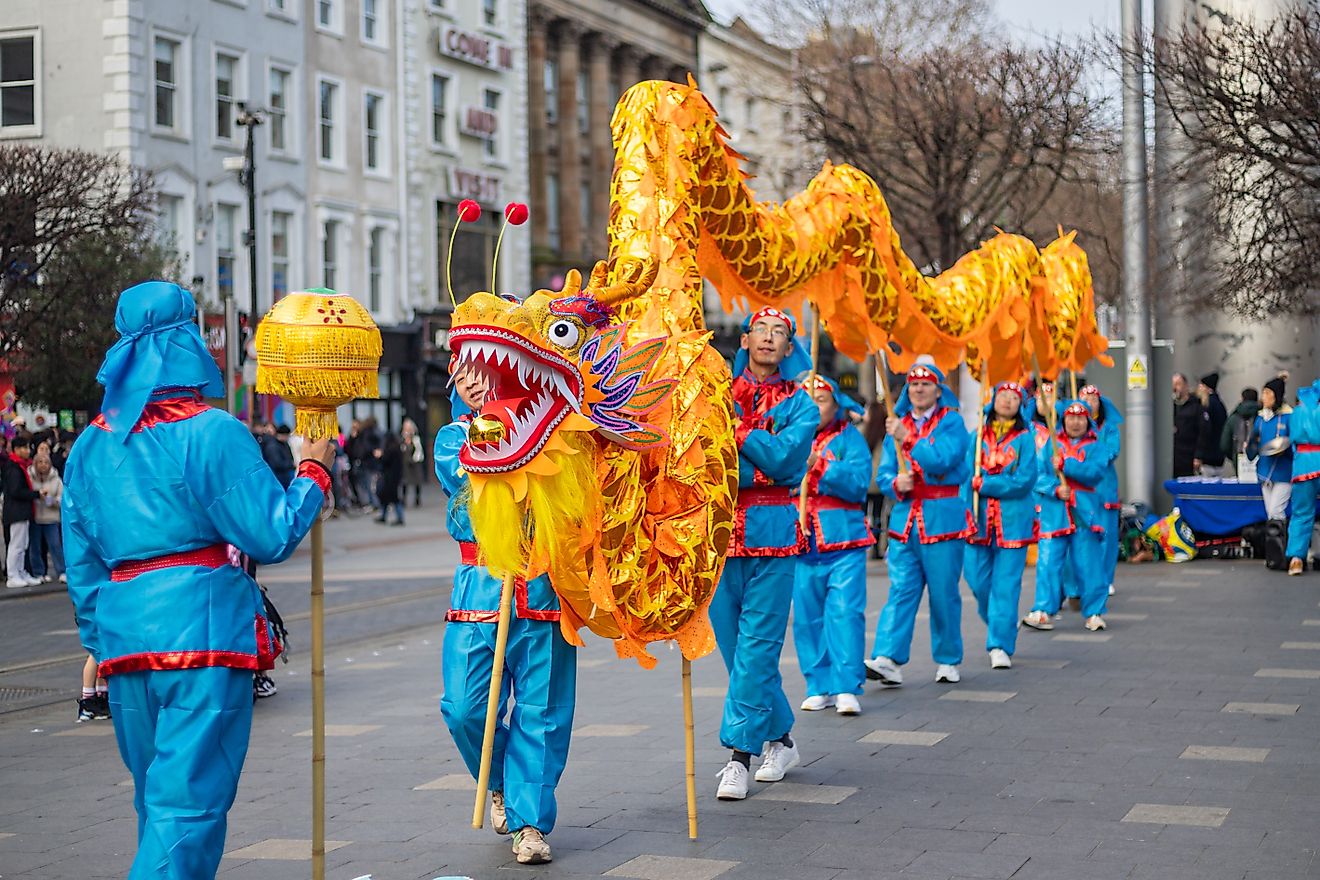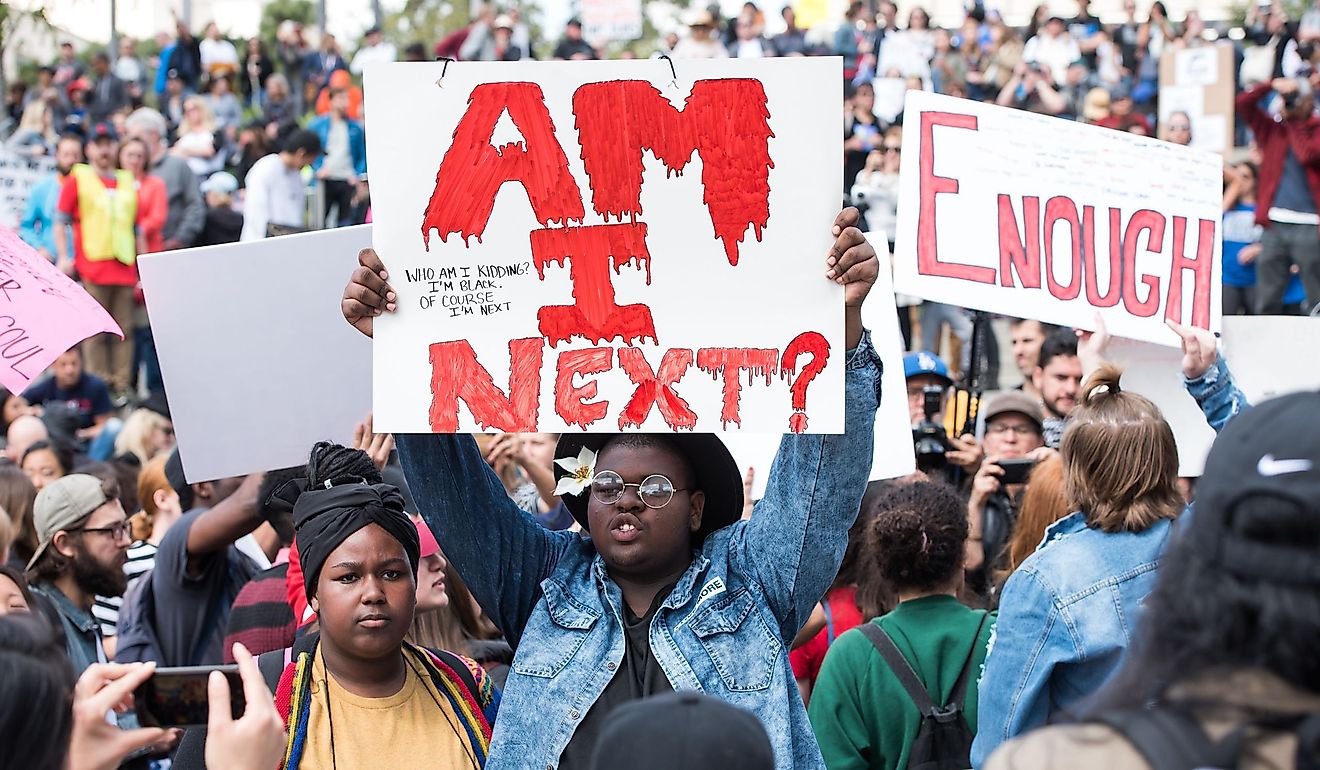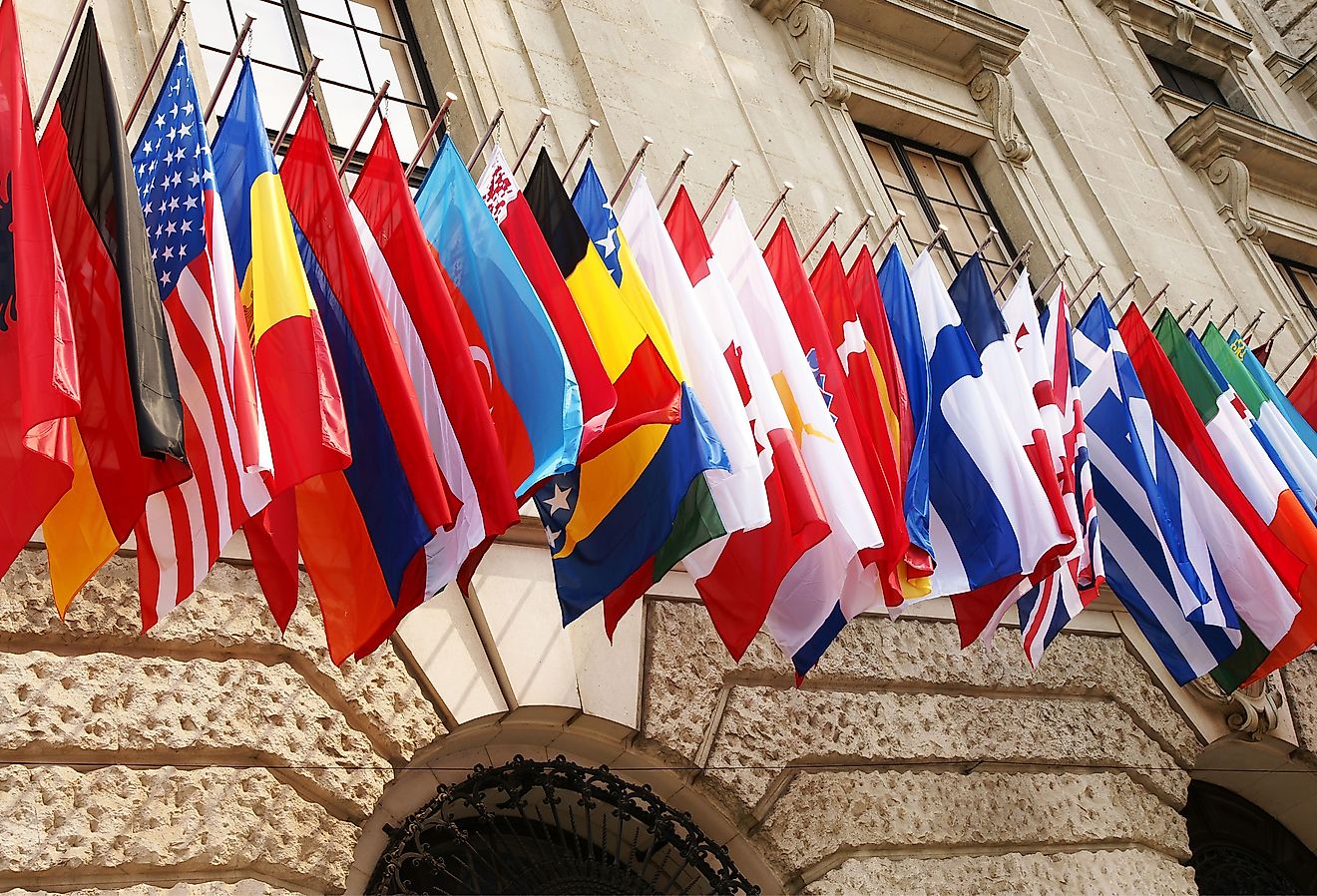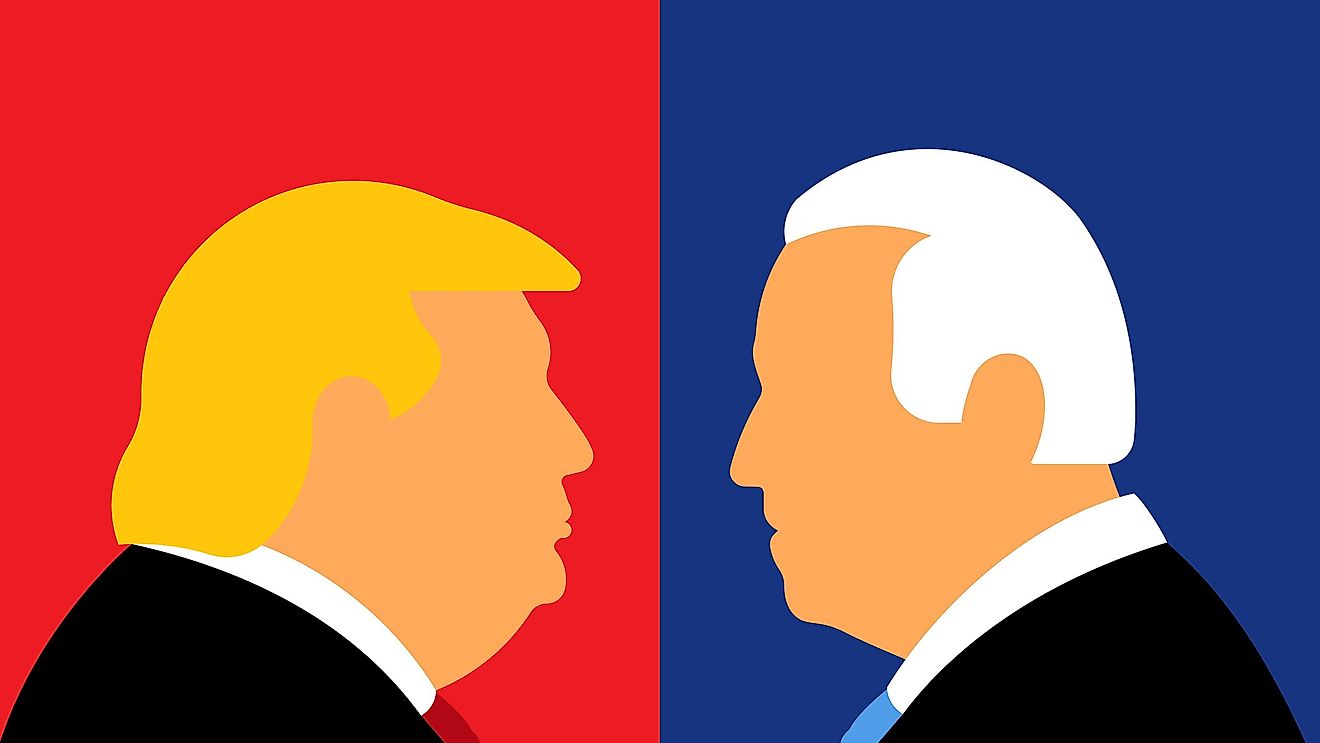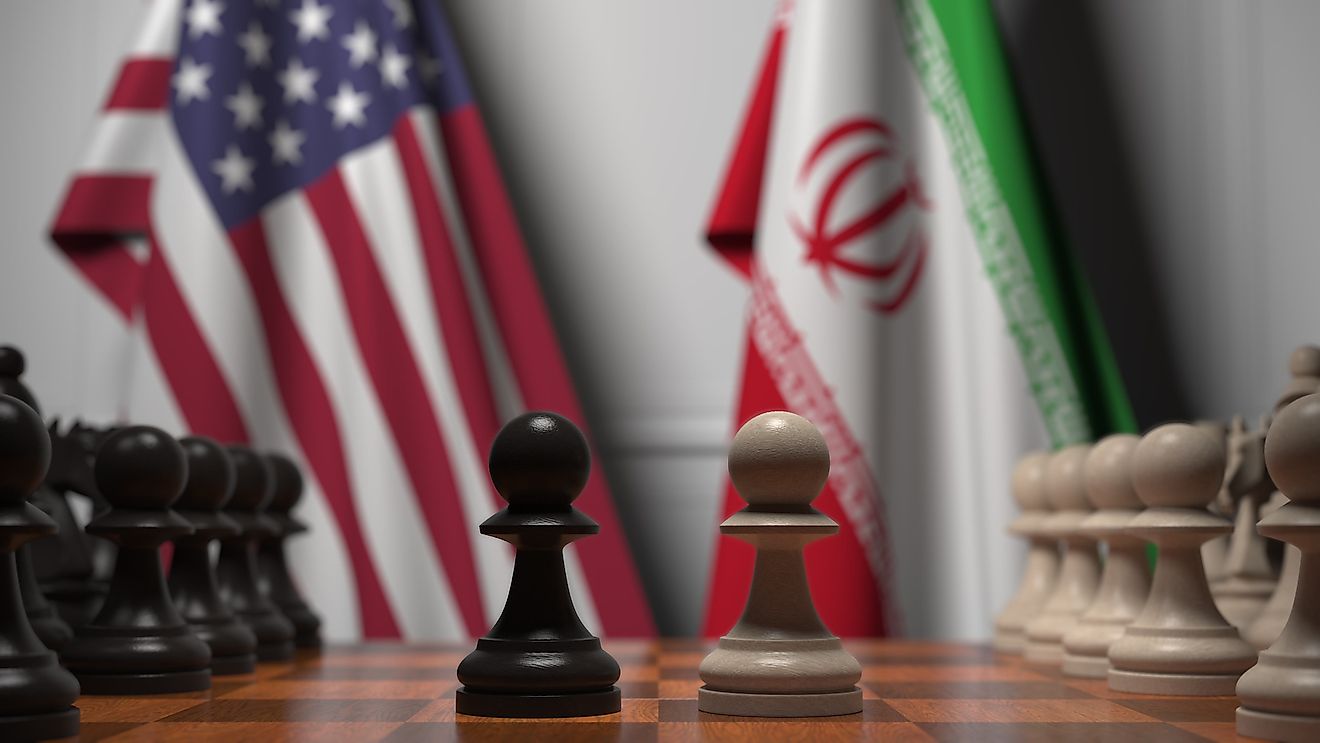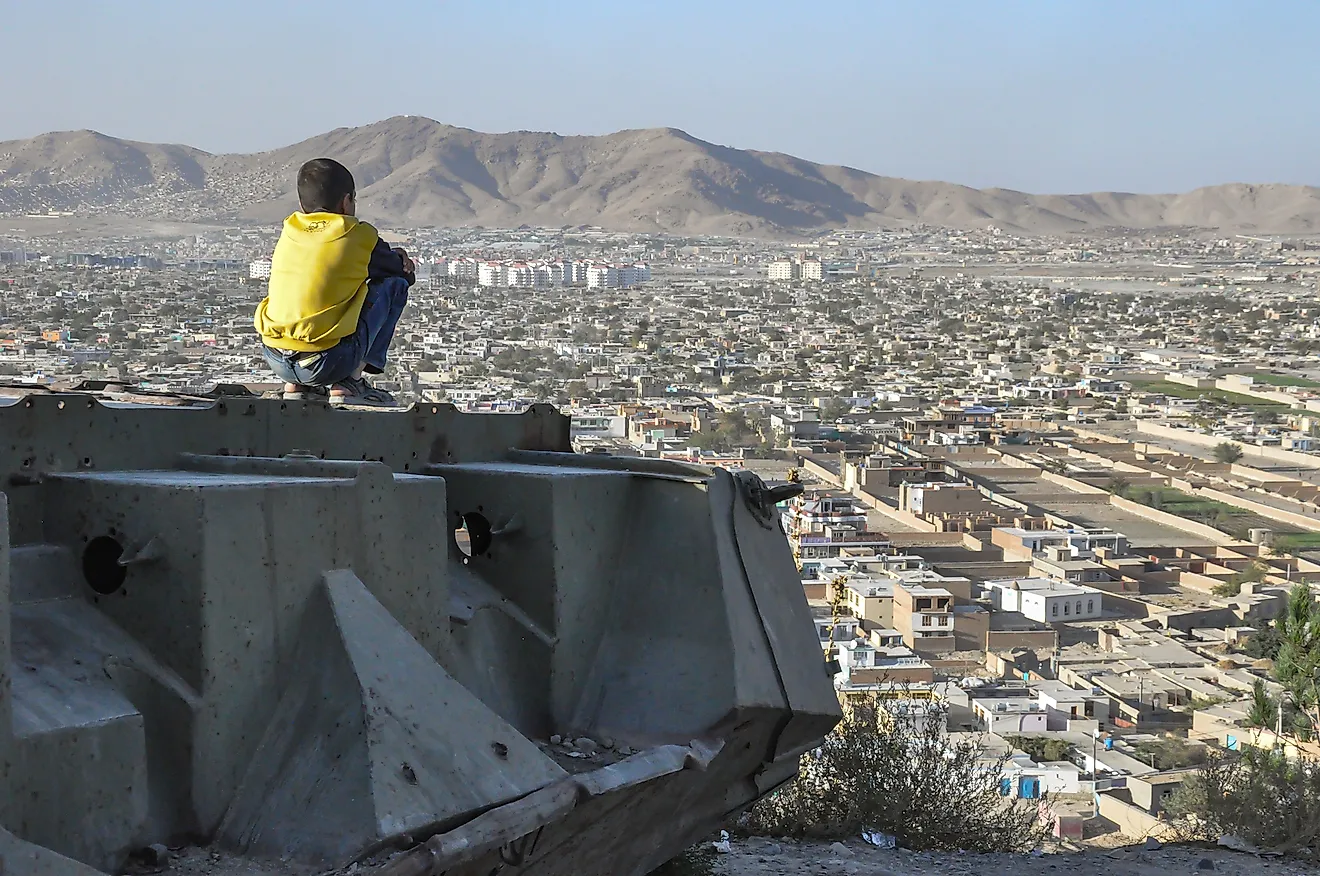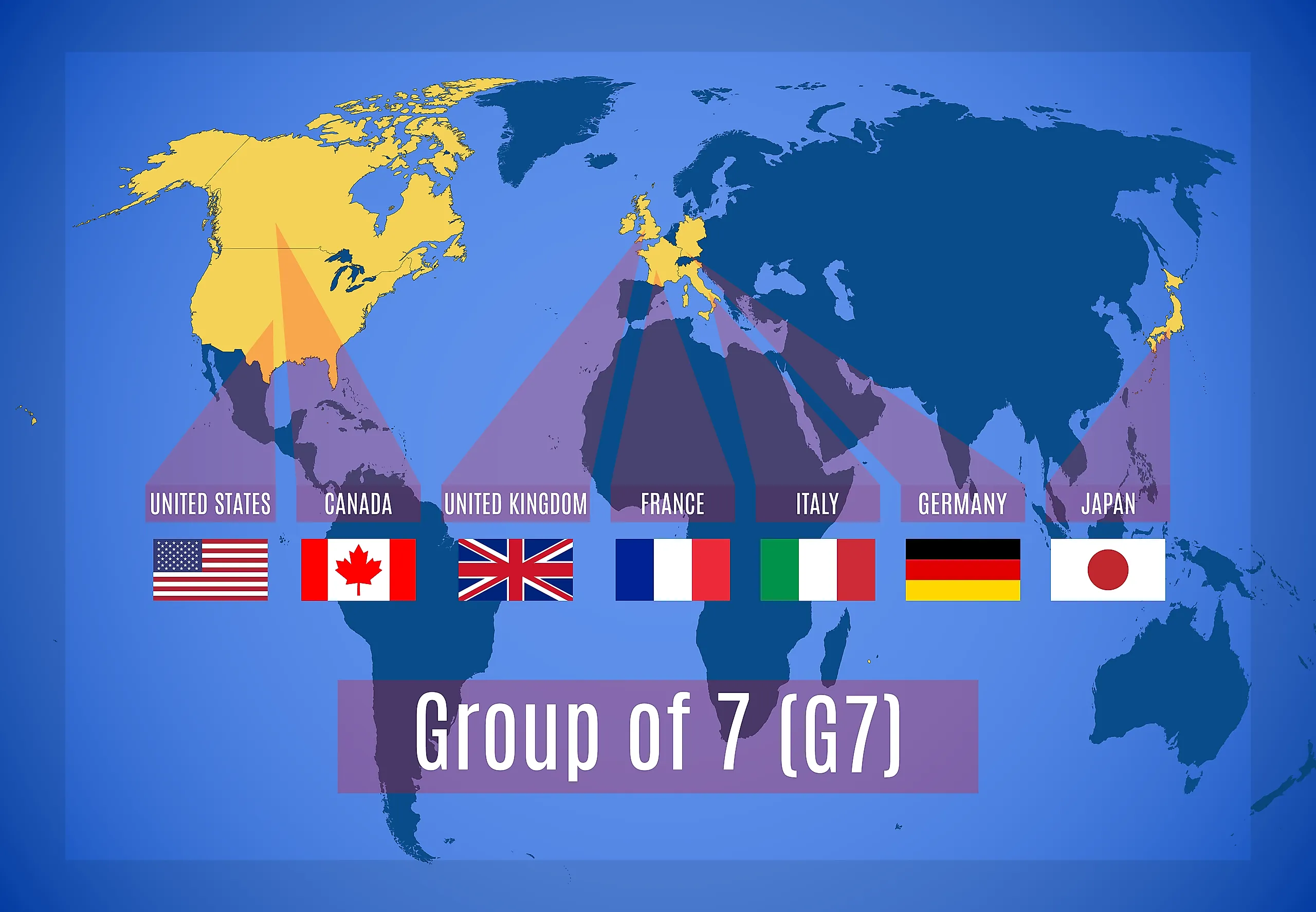
G7 Countries
The Group of Seven, or G7, is a forum that convenes the world’s leading industrialized democracies: Canada, France, Germany, Italy, Japan, the United Kingdom, and the United States, alongside the European Union as a permanent guest.
Born out of a 1973 meeting of finance ministers during the oil crisis, the bloc has evolved into a yearly summit where leaders tackle the planet’s thorniest challenges, from financial stability and trade rules to security, climate action, and now artificial intelligence.
Together, G7 members represent roughly one-tenth of the world’s population yet generate close to half of global GDP and provide the lion’s share of official development assistance, giving their decisions outsized weight. Beyond the headline summit, a web of ministerial gatherings, expert panels, and "sherpa" negotiators works throughout the year to turn ideas into policy. Understanding who sits at this table, and why, offers a window into how contemporary global governance is shaped today worldwide.
The G7 Countries
* The European Union is a permanent guest
Background
Formation
Conceived amid early-1970s economic turmoil, the G7 began with a gathering of finance ministers on 25 March 1973. U.S. Treasury Secretary George Shultz hosted West Germany’s Helmut Schmidt, France's Valéry Giscard d'Estaing, and Britain's Anthony Barber in the White House library, coining the "Library Group.” Japan was added at that year's IMF-World Bank meetings, forming the "Group of Five." In 1974, leadership crises rocked every member: a French presidential death, resignations in Washington, Bonn, and Tokyo, and Britain's hung parliament. Seeking fresh rapport, President Gerald Ford invited the new leaders to a 1975 retreat, creating the template for annual G7 summits.
First Summit
France's President Valéry Giscard d'Estaing and West German Chancellor Helmut Schmidt convened the first leaders' summit at the Château de Rambouillet in November 1975, adding Italy to the original five and creating the G6. Over three days, they tackled the oil shock, post-Bretton Woods instability, and recession, issuing a 15-point Declaration that pledged free trade, multilateralism, outreach to developing nations, and détente with the Eastern Bloc, while committing to annual meetings. In 1976, Canada joined at Dorado, Puerto Rico, forming today's G7. The European Community began attending in 1977, and since 2009 the European Council president has also sat at the table each year.
Calls For Membership
Since 2014, think tanks and leaders have urged the G7 to broaden its democratic base. The Atlantic Council's D-10 vision adds Australia and South Korea, with India, Indonesia, Poland, and Spain observing. Moscow once backed inviting China, India, and Turkey, while Washington, under Trump, sought Australia, Brazil, India, South Korea, and Russia, rebuffed by other members. Ideas such as a "T-12" and the GPAI coalition echo expansion themes. Recent summits invited Australia, India, and South Korea; Spain's membership bid gained U.S. support. Germany, Japan, and Canada invited guests from Africa, Oceania, Latin America, and especially Ukraine, underscoring global momentum for inclusion.
Initiatives
From its 1975 debut, the G7 has launched coordinated initiatives that shape global policy.
Initially, it synchronized macroeconomic responses to the Nixon shock, energy shortages, and recession, a role cemented by semi-annual finance minister meetings. During the 1980s, it widened its agenda to security and human-rights crises, addressing the Iran-Iraq war and Soviet actions in Afghanistan. In the 1990s, it cancelled debt for heavily indebted poor countries, financed the Chernobyl sarcophagus, and created the Financial Stability Forum. Engagement with emerging economies followed: the 1999 summit helped found the G20 and pledged 90% bilateral-debt relief, expanded to "up to 100%" in 2005. Confronting the 2008 crash, G7 ministers pledged bank capital infusions and an aggressive action plan. Since 2014, the group has condemned Russia's annexation of Crimea, mobilised aid for Kyiv and orchestrated sanctions, while also cooperating on COVID-19 vaccines, biodiversity, cybercrime and democratic values. Leaders committed US$20 million to Amazon fire relief in 2019, backed NATO over Ukraine in 2022, and 2024 agreed to phase out unabated coal by 2035. Annual summits now spin off thematic tracks, from finance and trade to health and digital policy, allowing the presidency to steer rapid, collective action. Its mandate keeps expanding as new, intersecting risks emerge.
Members
Canada
Canada brings a transatlantic-Pacific perspective to the G7, regularly mediating between European partners and the United States. Its agenda emphasizes inclusive growth, Indigenous reconciliation, clean energy, and Arctic governance. Ottawa hosted milestone summits at Montebello (1981), Halifax (1995), and Charlevoix (2018), championing girls' education and ocean-plastics reduction. Canada advances consensus as a resource-rich middle power by blending progressive social policies with pragmatic trade diplomacy and steadfast NATO commitments.
Italy
Italy injects Mediterranean and Southern European priorities into the G7, spotlighting migration, food security, cultural heritage, and sustainable tourism. Rome led the bloc during the 2024 Apulia summit, unveiling the Ukraine-funding plan leveraging frozen Russian assets and debuting the Partnership for Global Infrastructure Investment. Italian presidencies historically promoted debt relief, antitrust cooperation, and health security, drawing on its manufacturing prowess, energy links, and bridges with Africa and the Middle East.
France
France, a founding architect of the G7, often sets the group's intellectual tone, fusing Gaullist strategic autonomy with multilateral activism. Paris hosted the inaugural 1975 Rambouillet summit and later staged the 2019 Biarritz meeting, which prioritised gender equality, Amazon forest protection, and digital taxation. French diplomacy stresses climate finance, Sahel security, and Europe's defence capacity, while its presidency of the EU routinely aligns continental aims with the G7's rules-based agenda.
United Kingdom
The United Kingdom provides the G7 with a bridge between transatlantic finance and European regulation, leveraging the City of London's capital markets and diplomatic network. Hosting summits from Downing Street in 1977 to Cornwall in 2021, Britain spearheaded debt relief, global education funds, and the Clean Green Initiative for climate infrastructure. Its soft-power assets, the BBC, universities, and development expertise, enable convening power, while its nuclear and cybersecurity capabilities shape collective security decisions.
Germany
Germany, Europe's largest economy, anchors the G7's fiscal orthodoxy and industrial decarbonization agenda. Berlin hosts a dialogue among finance, climate, and labour ministers, reflecting its social-market model. German presidencies, 2007 Heiligendamm, 2015 Elmau, and 2022 Elmau reprise, brought breakthroughs on climate finance, antibiotic resistance, and a global price cap on Russian oil. Germany's export strength, central-bank influence, and leadership within the EU empower it to translate technocratic consensus into legally enforceable European policies.
Japan
Japan offers an Indo-Pacific vantage, championing supply-chain resilience, quality infrastructure, and free, open seas. Tokyo hosted six summits, most recently Hiroshima 2023, where leaders tightened sanctions on Russia and advanced the Partnership for Global Infrastructure and Investment. Japan presses climate-technology solutions such as hydrogen and circular materials, while its development agency JICA channels concessional finance across Asia. A close alliance with Washington will allow Tokyo to mediate security concerns while promoting multilateral norms.
United States
The United States founded the G7 framework and remains its pivotal agenda-setter, wielding the dollar's reserve status, defence budget, and technological innovation. Washington steers macroeconomic coordination through Treasury and Federal Reserve dialogue, and mobilises sanctions architecture, notably against Iran, Russia, and North Korea. U.S. presidencies introduced the Global Partnership for Food Security, digital taxation debates, and the B3W infrastructure plan, while the Inflation Reduction Act incentives now shape summit climate negotiations.
The European Union
Although not a sovereign state, the European Union has participated since 1977, giving the G7 an integrated continental market voice. Represented by the Commission and rotating Council presidencies, augmented since 2009 by the European Council president, the EU aligns internal regulatory packages with summit outcomes on trade, digital governance, and climate. It channels development aid, coordinates sanctions enforcement, and, post-Brexit, balances transatlantic and eurozone perspectives, ensuring policy coherence across 27 member states.
